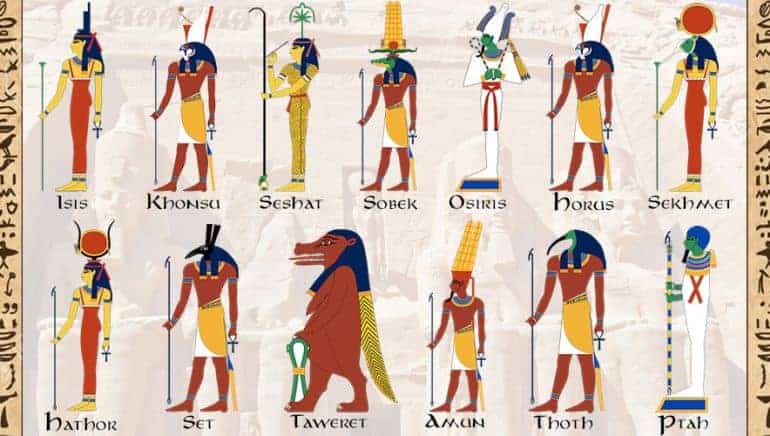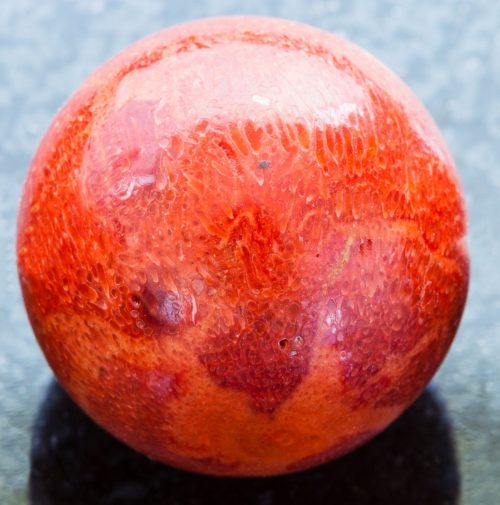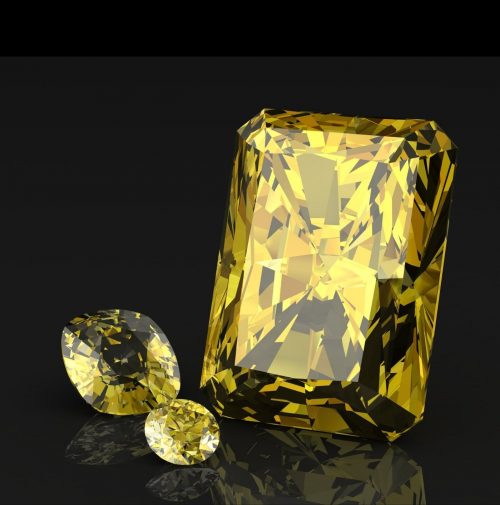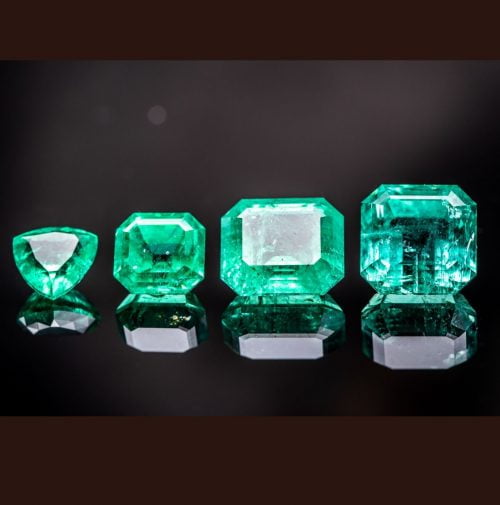Discover the Fascinating World of Egyptian Astrology and Gemstones

Introduction
Egyptian astrology and gemstones are deeply woven into the fabric of ancient Egyptian culture. These elements were not just ornamental but held significant spiritual meaning.
- Egyptian Astrology: An ancient system influenced by Greek and Mesopotamian cultures, it used decans—fixed stars for timekeeping and rituals.
- Gemstones: Valued for their beauty and symbolic meanings, stones like lapis lazuli, turquoise, and emeralds played crucial roles in both daily life and religious practices.
The connection between spirituality and metaphysical practices is evident in how these elements were integrated into their belief systems. Understanding this relationship offers a glimpse into the rich spiritual tapestry of ancient Egypt.
The Historical Context of Egyptian Astrology
Astrology in ancient Egypt dates back to the early dynastic periods, evolving significantly during the Ptolemaic dynasty. This period marked a fusion of Greek and Egyptian knowledge, enriching the astrological practices of ancient Egyptians.
Origins of Egyptian Astrology
The roots of Egyptian astrology trace back to the Old Kingdom (circa 2613-2181 BCE). Initially, it served as a celestial guide for agricultural activities and religious rituals.
It was during this era (305-30 BCE) that Egyptian astrology saw substantial development. The Ptolemies combined Greek astronomical techniques with indigenous Egyptian star lore, resulting in a sophisticated system.
Influences from Greek and Mesopotamian Cultures
Egyptian astrology didn’t develop in isolation. It absorbed:
- Greek Influence: Greek astronomers like Claudius Ptolemy contributed significantly. His work, Tetrabiblos, became a cornerstone in astrological literature.
- Mesopotamian Influence: Babylonians introduced the concept of zodiac signs and planetary movements, which Egyptians incorporated into their own practices.
Role of Temple Priests in Astrological Practices
Temple priests held dual roles as scholars and spiritual leaders. They meticulously recorded celestial events and interpreted them for societal guidance.
Temples often housed observatories where priests studied the stars. These observations were crucial for creating calendars and predicting seasonal changes.
Ancient Egyptians embedded astrology deeply into their cultural framework, intertwining it with mythology and daily life. Understanding these historical contexts provides a richer appreciation for their sophisticated approach to celestial phenomena.
Decans and Their Significance in Egyptian Astrology
Decans are a key part of Egyptian astrology. They refer to 36 groups of stars or small constellations. Each decan represented a 10-degree segment of the sky, creating a detailed map of star movement.
Importance of Decans
- Timekeeping and Rituals: Temple priests carefully watched the rising and setting of these decans to mark hours during night-time ceremonies. This helped them time religious events accurately, which was crucial for staying in sync with celestial cycles.
- Calendar System: The influence of decans on the ancient Egyptian calendar system was significant. They split their year into 36 weeks, each ruled by a different decan. This matched their solar calendar, making sure farming activities and religious festivals lined up with cosmic events.
- Sirius and the Nile: The heliacal rising of Sirius, linked to the flooding of the Nile, shows this connection between celestial bodies and life on Earth.
Understanding Decans
Learning about decans gives us insight into how ancient Egyptians mixed astrology with everyday life, highlighting their deep bond with the universe.
Ancient Egyptian Mythology: Gods, Stars, and the Universe
In ancient Egypt, mythology closely tied celestial bodies to gods, reflecting their spiritual and practical beliefs. The Sun, symbolized by Amun-Ra, was seen as the highest god controlling creation. Amun-Ra’s daily journey across the sky represented life, death, and rebirth.
Key Deities and Their Celestial Connections
- Isis: Associated with the star Sirius, her appearance marked the yearly flooding of the Nile, ensuring fertile lands.
- Horus: The falcon-headed god connected to the Sun and sky, whose eyes symbolized the Sun and Moon.
Mythological Explanations for Astronomical Events
Mythological stories offered explanations for astronomical events. For example:
- The vanishing and reappearing of stars were seen as divine acts or messages.
- Eclipses were understood as battles between gods.
Constellations and Divine Figures
Constellations often depicted divine figures:
- The constellation of Orion represented Osiris, god of the afterlife.
- Scorpio was linked to Serqet, a scorpion goddess aiding in protection and healing.
These connections between gods and stars reinforced the Egyptians’ belief in a universe ruled by divine order and interconnectedness. Understanding these relationships helps us appreciate how ancient Egyptians viewed their world through astrology and mythology.
The Role of Gemstones in Ancient Egyptian Culture and Spirituality
Ancient Egyptians had a deep love for gemstones, using them in many parts of their culture and spirituality. Important stones like lapis lazuli, turquoise, and emeralds were treasured not just for their beauty but also for what they represented.
Key Gemstones and Their Meanings
1. Lapis Lazuli
Known for its rich blue color, this stone represented the sky and was often linked to royalty and gods. Egyptians thought it had protective powers, so it was commonly used in amulets and sacred decorations.
2. Turquoise
This bluish-green stone came from the Sinai Peninsula. It was believed to guard against evil and danger, often found in jewelry worn by both the living and the deceased.
3. Emeralds
With their bright green shade, emeralds stood for fertility and renewal. They were frequently included in burial jewelry to ensure a safe journey to the afterlife.
How Gemstones Were Used
Gemstones were more than just pretty accessories in Egyptian gemology; they held spiritual importance and were widely used in:
- Jewelry: Necklaces, rings, bracelets, and earrings made from precious stones showed status and divine protection.
- Amulets: Symbolic shapes like scarabs or ankhs carved from gemstones acted as charms to fend off negativity.
- Religious Artifacts: Items such as statues or ceremonial objects often had embedded gemstones, thought to channel divine energies.
These stones were an essential part of daily life, highlighting their significance in ancient Egyptian spiritual practices.
Exploring the 12 Egyptian Astrological Zodiac Signs & Corresponding Gemstones
Egyptian astrology features unique zodiac signs that differ significantly from the Western zodiac. Each sign is represented by a deity or symbolic figure, influencing the traits and characteristics of those born under it. Here’s a brief overview of each Egyptian zodiac sign and its corresponding gemstones:
1. Nile (Jan 1-7, Jun 19-28, Sep 1-7, Nov 18-26)
- Traits: Calm, practical, nurturing
- Gemstone: Jasper – symbolizing protection and grounding
2. Amun-Ra (Jan 8-21, Feb 1-11)
- Traits: Ambitious, optimistic, strong leadership qualities
- Gemstone: Sunstone – promoting strength and vitality
3. Mut (Jan 22-31, Sep 8-22)
- Traits: Sensitive, maternal, compassionate
- Gemstone: Turquoise – enhancing communication and protection
4. Geb (Feb 12-29, Aug 20-31)
- Traits: Reliable, down-to-earth, nurturing
- Gemstone: Emerald – fostering healing and growth
5. Osiris (Mar 1-10, Nov 27-Dec 18)
- Traits: Intuitive, transformative, resilient
- Gemstone: Malachite – associated with transformation and protection
6. Isis (Mar 11-31, Oct 18-29, Dec 19-31)
- Traits: Loyal, intuitive, protective
- Gemstone: Lapis Lazuli – encouraging wisdom and truth
7. Thoth (Apr 1-19, Nov 8-17)
- Traits: Intelligent, articulate, creative
- Gemstone: Amber – enhancing clarity and creativity
8. Horus (Apr 20-May 7, Aug 12-19)
- Traits: Brave, adventurous, energetic
- Gemstone: Carnelian – boosting courage and vitality
9. Anubis (May 8-27, Jun 29-Jul13)
- Traits: Introspective, loyal, empathetic
- Gemstone: Obsidian – providing protection and grounding
10. Seth (May 28-Jun18, Sep28-Oct2)
-** Traits**: Assertive , ambitious , confident -** Gemstone**: Garnet**: enhancing passion & vitality
###11.Bastet(Jul14-Jul28 ,Sep23-Sep27 ,Oct3-Oct17) Traits: Playful , intuitive , affectionate Gemstone : Tiger’s Eye : promoting balance & confidence
###12.Sekhmet(Jul29-Aug11 ,Oct30-Nov7) Traits: Powerful & strong-willed Gemstone : Red Jasper enhancing strength & endurance
Modern Applications of Ancient Wisdom: Integrating Egyptian Astrology & Gemstones into Your Life
Ancient Egyptian astrology and gemstones still hold relevance for modern spiritual growth and holistic spiritual practice. By integrating these ancient teachings into your daily life, you can enhance your personal journey and connect with historical wisdom.
Ways to Incorporate Egyptian Astrology & Gemstones:
- Personalized Birth Charts: Utilize Egyptian astrological signs to create personalized birth charts. These charts can offer insights into your personality traits, strengths, and challenges.
- Gemstone Therapy: Select gemstones corresponding to your Egyptian zodiac sign. Wear them as jewelry or keep them in your living space to harness their protective and healing energies.
- Meditation Practices: Incorporate specific gemstones during meditation sessions to deepen your connection with the divine and enhance spiritual awareness.
- Rituals and Ceremonies: Use gemstones in rituals similar to ancient Egyptians, such as placing them on altars or during spiritual ceremonies for protection and guidance.
Embracing these ancient practices provides a unique blend of history and spirituality, enriching your journey towards self-discovery and holistic well-being.
Conclusion: Embracing the Mysteries of the Past for Personal Transformation
Combining Egyptian astrology and gemstones can profoundly impact your spiritual journey. This integration offers a unique blend of metaphysical practices that resonate with ancient wisdom. By exploring these elements, you not only connect with a rich cultural heritage but also unlock deeper layers of self-awareness and personal growth.
Explore the fascinating world of Egyptian astrology and gemstones to enrich your spiritual practices. Whether through daily rituals or personal introspection, these ancient tools can guide you towards greater harmony and understanding in life.
FAQs (Frequently Asked Questions)
What is Egyptian astrology and why is it significant?
Egyptian astrology is an ancient system that connects celestial movements to human characteristics and events. It holds great significance in ancient Egyptian culture as it was intertwined with spirituality and metaphysical practices, influencing daily life, religious rituals, and personal identity.
How did Egyptian astrology develop historically?
Egyptian astrology originated during the time of the ancient Egyptians, influenced by Greek and Mesopotamian cultures. The Ptolemaic dynasty played a crucial role in its evolution, with temple priests serving as key figures in astrological practices, utilizing their knowledge for both spiritual guidance and timekeeping.
What are decans and what role do they play in Egyptian astrology?
Decans are divisions of the night sky used in the Egyptian astrological system to track the movement of stars and celestial bodies. They were essential for timekeeping, religious rituals, and contributed significantly to the development of the ancient Egyptian calendar system.
How are mythology and deities connected to Egyptian astrology?
In ancient Egypt, celestial bodies were closely linked to deities such as Amun-Ra, Isis, and Horus. Mythological narratives often explained astronomical phenomena through these divine figures, with constellations representing them, reflecting the deep connection between spirituality and astronomy in their culture.
What gemstones were valued in ancient Egyptian culture?
Ancient Egyptians highly valued gemstones such as lapis lazuli, turquoise, and emeralds for their beauty and symbolic meanings. These stones were believed to possess protective qualities and were commonly used in jewelry, amulets, and religious artifacts to enhance spiritual well-being.
How can modern individuals integrate Egyptian astrology and gemstones into their lives?
Modern practitioners can embrace the teachings of ancient Egyptian astrology by exploring their zodiac signs and corresponding gemstones. Incorporating these elements into holistic spiritual practices can foster personal growth, self-awareness, and a deeper connection to one’s spiritual journey.









Connect me